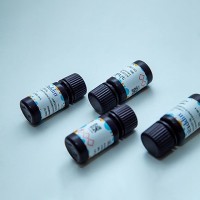The Nonhuman Primate Model for H. pylori Infection
互联网
| 1. |
Gnotobiotic newborn piglets, which are easily infected by H. pylori of human origin (1 ,2 ), but are best for short term studies lasting no more than about a month,
|
| 2. |
Mice and ferrets, which can be colonized for months and years, respectively, although most easily by Helicobacter species other than H. pylori (3 ,4 ),
|
| 3. |
Particular strains of mice, which can be colonized by selected H. pylori strains (56); and
|
| 4. |
Domestic cats, which can also carry H. pylori (7 ), but which exhibit an inflammatory response different from that seen in humans (mononuclear infiltration deep near the lamina propria, not throughout the mucosa) and which also differ in diet and gastric anatomy
|








